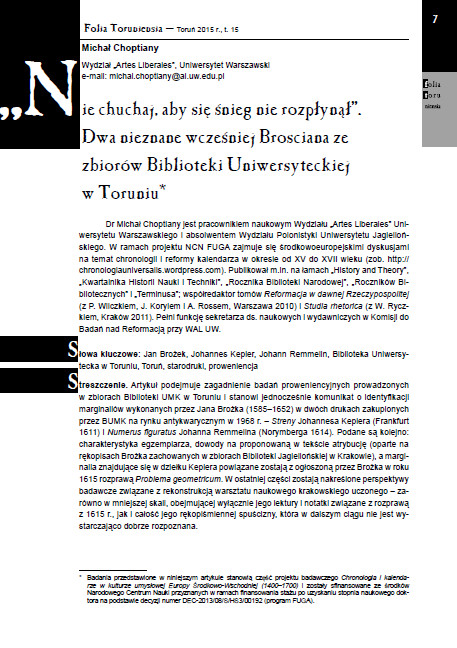Few years ago I had the occasion to observe the heroic beginnings of the Virtual Museums of Lesser Poland (Wirtualne Muzea Małopolski, hereafter WMM) project which is aimed at the three-dimensional photographic documentation of selected historical exhibit items from the museums scattered throughout this historical region of Poland. Back then, apart from being a PhD student at the Jagiellonian University, I worked as editor at the Autoportret quarterly and thanks to the fact that both the magazine and the WMM project are based at the same institution allowed me to observe fragmentarily the selection of the equipment and listen to some of discussions about first test sessions.
Few years later, in the fall of 2014, I received a letter from Kinga Kołodziejska of the WMM. It turned out that apart from the traditional (albeit 3D) presentation of the items the team created a section dedicated to a more elaborate interpretations or essays based on the pieces presented in the online collection and written by scholars coming from various corners of academia. Kinga asked me to write a piece on broadly understood time and the offer was simply too tempting to turn it down. Unfortunately, time was not on our side and the final version of my essay had to wait up until the vernal equinox of 2016 to see the digital daylight. But here it is, in Polish and English, available for browsing and downloading and provided with awesome graphic interpretation designed by Anna Zabdyrska.
I wish to thank the WMM team for their invitation and patience and I kindly invite readers of CU to dive into the river of time.


